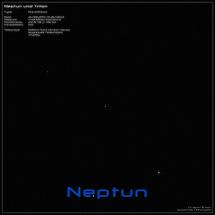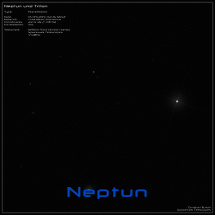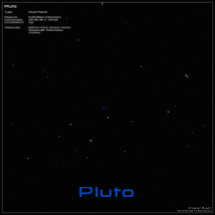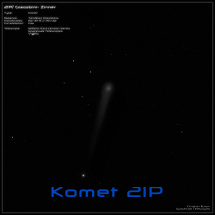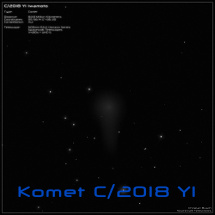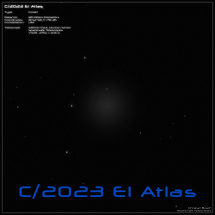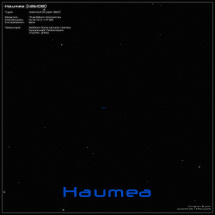
The solar system is not only the home of our earth, but also of many other objects:
First, of course, there are the major planets. While Mercury is difficult to observe, Venus offers a wonderful view of its pale cloud bands in a large telescope. On
Mars, in addition to the polar caps and dark structures, the largest Martian volcanoes and the enormous "Vallis Marineris" can be seen. The oval disk of Jupiter
fascinates with its colorful cloud bands, many small whirlwinds and of course the "Great Red Spot". Saturn shows itself with its beautiful rings and some moons,
of which the biggest one called "Titan" can even be seen as a tiny disk. Uranus and Neptune have almost no surface structures to offer, nevertheless some of their
moons can be seen. Pluto, which strictly speaking is not counted to the big planets anymore, can only be seen as a faint point of light because of its huge distance.
In addition, there are many hundreds of thousands of asteroids in our solar system. These appear with a few very few exceptions all point-shaped. Sometimes they
belong to a special class, like the so-called NEOs, which come very close to the earth from time to time and whose movement can be seen live in the eyepiece.
Very exciting are also the two brightest objects of the Kuiper belt, which can be seen only in telescopes with an aperture of 20 inches and more: Makemake and
Haumea.
Of course, bright comets are especially beautiful. Some of them are known many years in advance that they will soon be visible in the sky, others appear suddenly
and without warning in the sky and deliver a very special spectacle.


